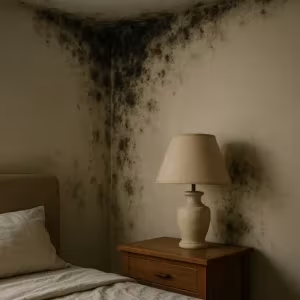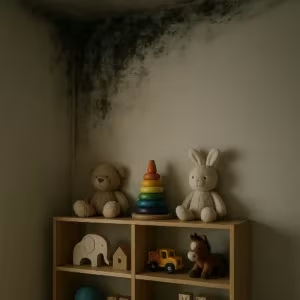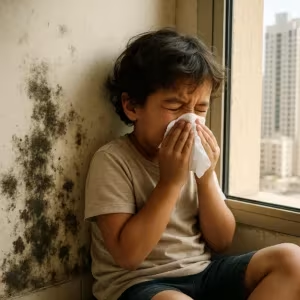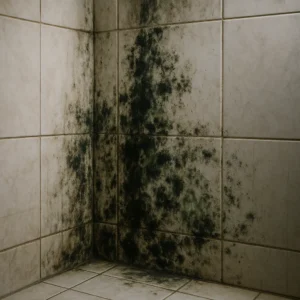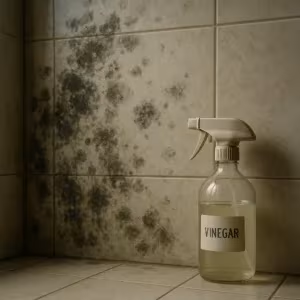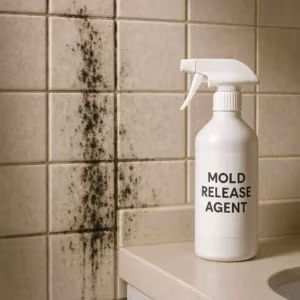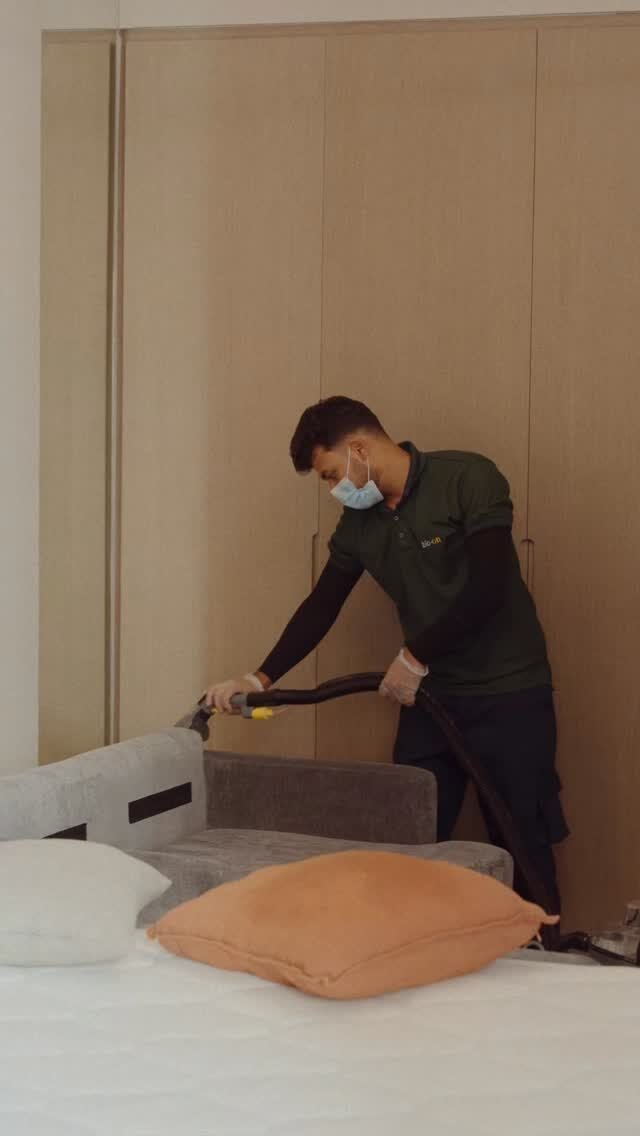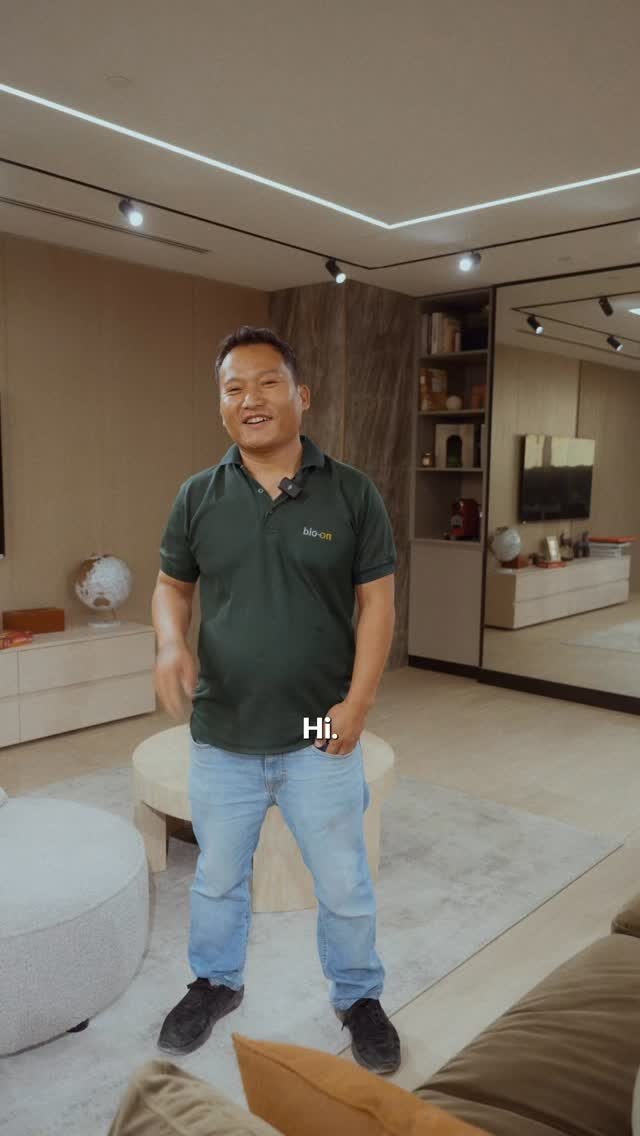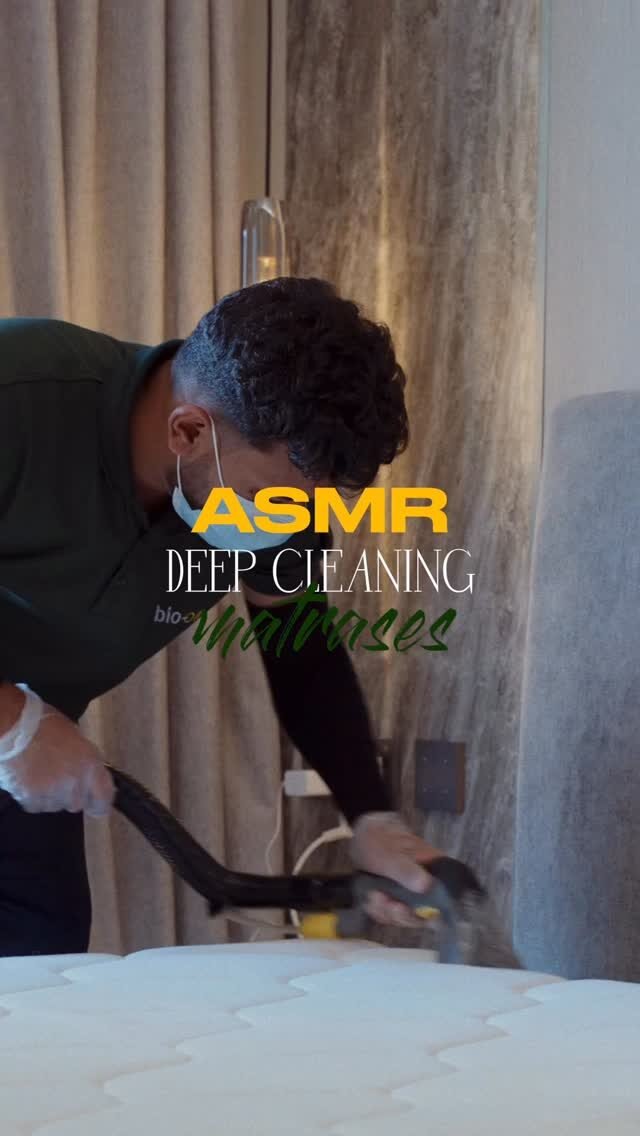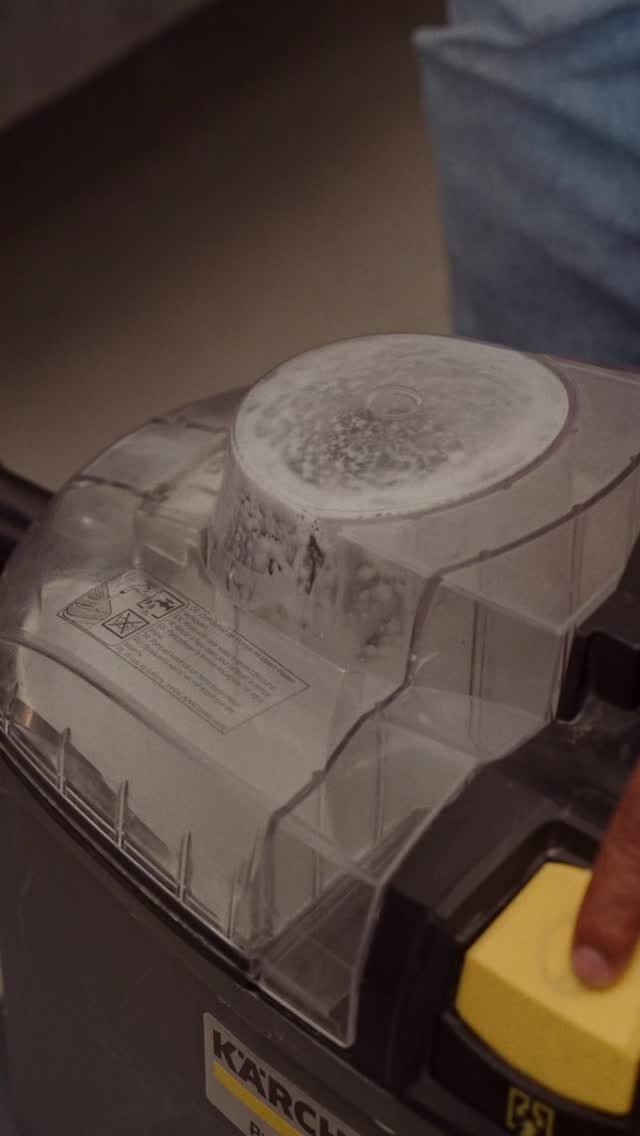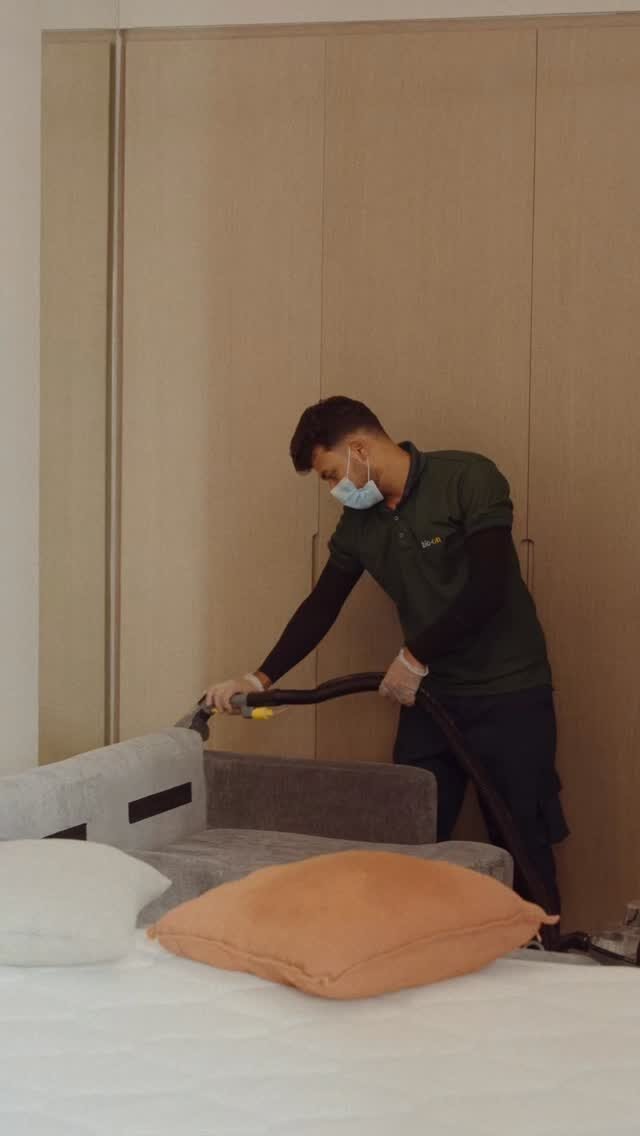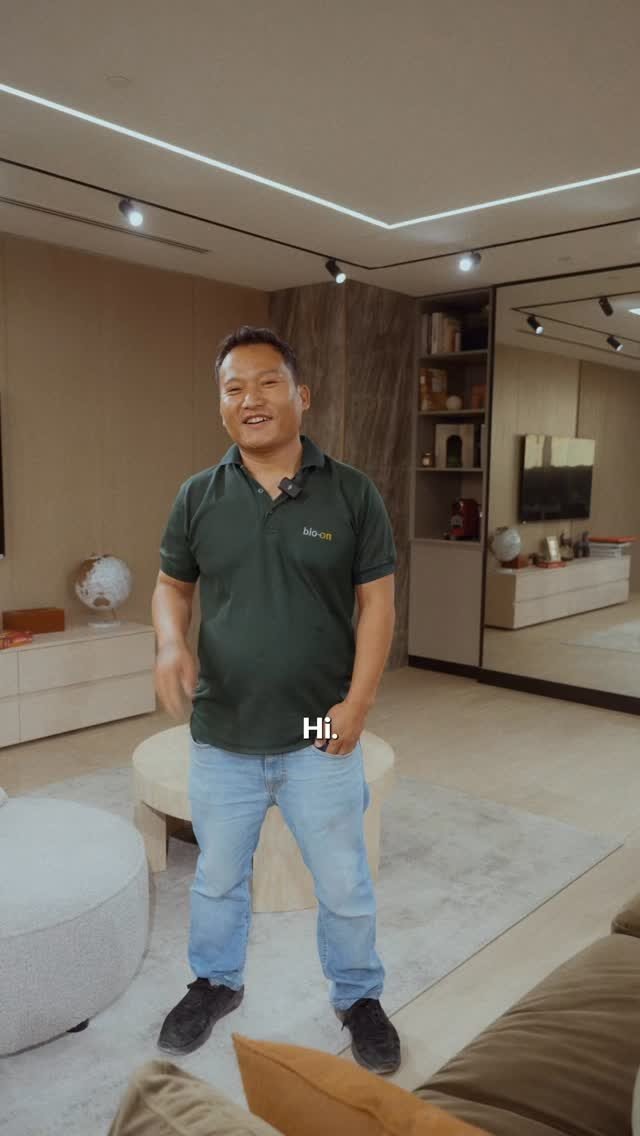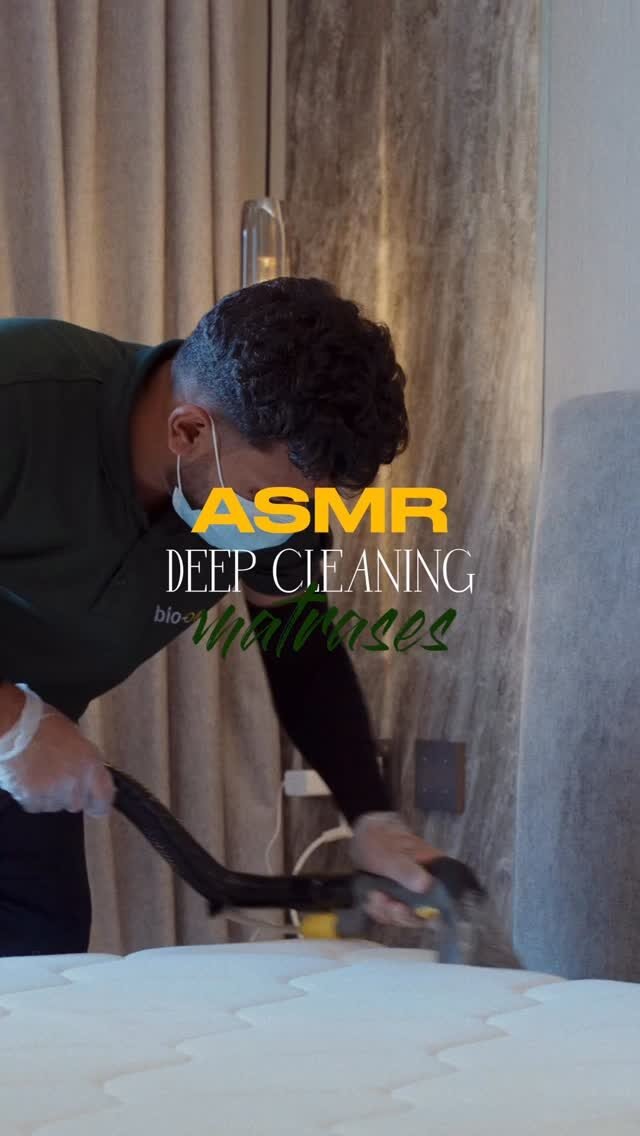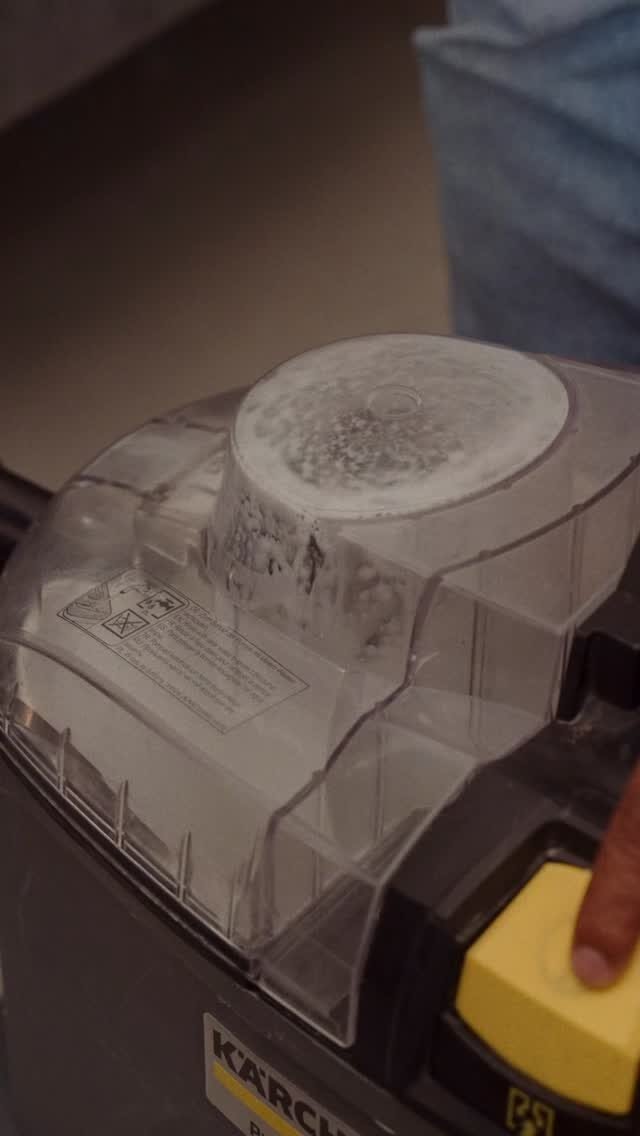You can’t always see mold—but that doesn’t mean it’s not affecting your air. In many UAE homes, even after mold is wiped off a wall, the problem lingers in the air—thanks to something called mold spores.
Mold spores are the tiny, invisible particles that mold uses to reproduce and spread. And they’re floating around in indoor air far more often than most people realize—especially in humid cities like Dubai, Abu Dhabi, or Sharjah, where closed windows and constant AC create the perfect environment for them to survive.
In this article, we explain exactly what mold spores are, how they move through your home, and why they matter for your health and indoor comfort. You’ll also learn what you can do to remove them—and when it’s time to bring in expert help like Bio-On UAE.
Table of Contents
Toggle1. What Are Mold Spores?
Mold spores are microscopic particles released by mold. You can think of them like seeds—except instead of growing in soil, they float through the air until they find a new moist surface to land on and grow again.
Each mold colony (like the black or green patches you might see on your ceiling or bathroom wall) can release thousands of these tiny spores every day. And once airborne, they’re so small—about 1/10th the width of a human hair—that you won’t notice them floating around. But your body might. Breathing them in over time can cause irritation, allergic reactions, or worse if you have asthma or low immunity.
The problem? Wiping away the mold doesn’t stop the spores. If you don’t remove the spores themselves, the mold is likely to return again and again.
2. How Mold Spores Spread Indoors
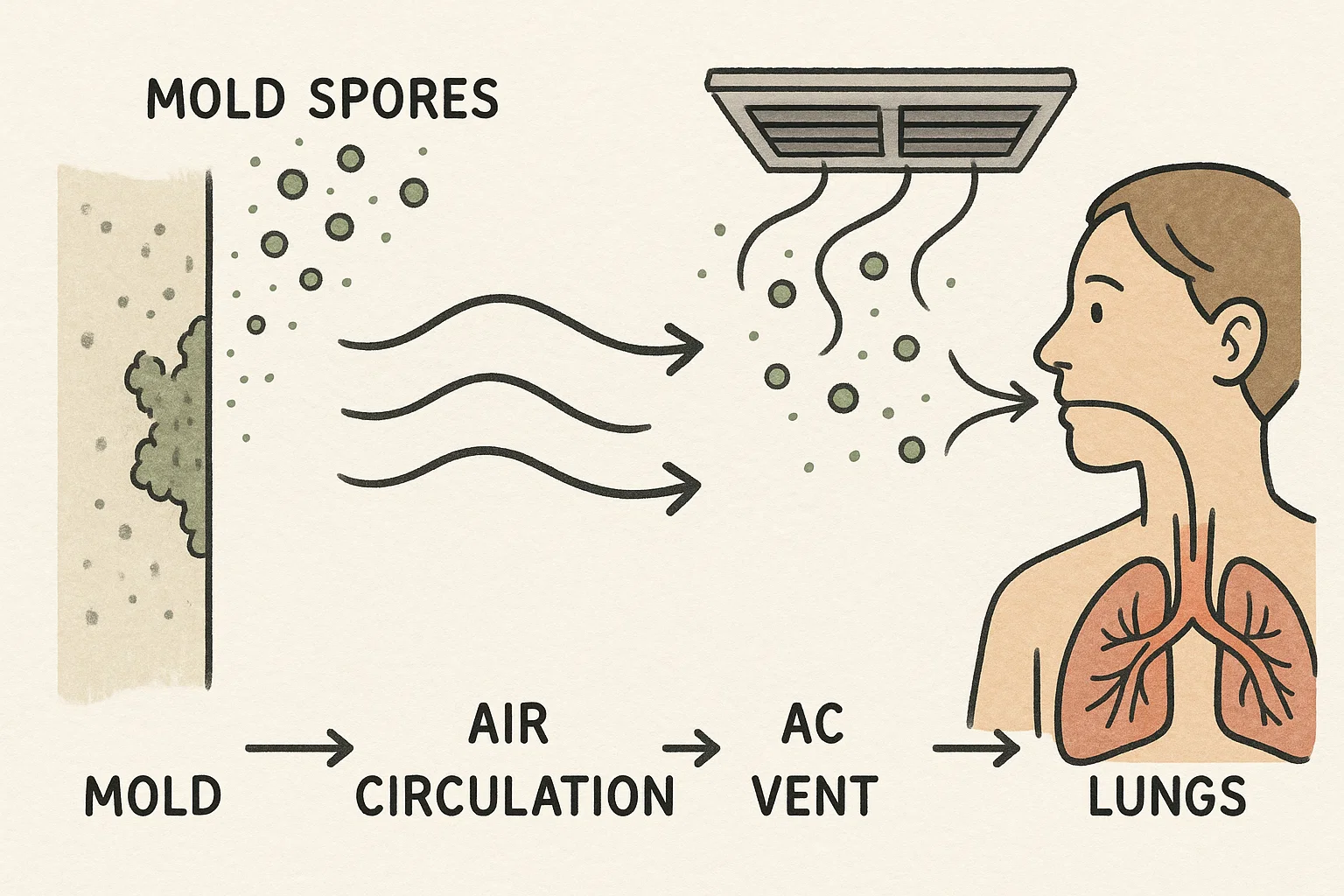
Once mold spores are released, they move easily through your home. A ceiling fan, an AC vent, or even someone walking by can carry them from one room to the next.
Here’s how it usually happens:
- Mold grows on a wet surface—like a bathroom wall, under a sink, or behind furniture.
- The mold releases spores into the air—these are carried by indoor airflow.
- AC or fans distribute the spores throughout your living space.
- Spores settle on other surfaces like sofas, curtains, or clothing—and may start growing again if moisture is present.
In UAE homes, this is even more common because of how we cool our spaces. Closed windows mean low ventilation, and high humidity levels in bathrooms or kitchens create perfect conditions for mold to grow and spores to thrive. If your AC smells musty or your allergies spike indoors, mold spores might be the reason.
That’s why understanding how they spread is so important—it helps you act before the problem becomes serious.
3. Health Risks of Breathing Mold Spores
Even if you can’t see mold spores, your body can feel their effects. When you breathe in spores regularly—especially in a poorly ventilated home or office—they can trigger a range of health problems. Some people feel it right away, while others develop symptoms over time.
Here are the most common health issues caused by mold spores:
- Allergic reactions: Runny nose, sneezing, itchy eyes, or skin rashes—these are signs your body is reacting to spore exposure.
- Asthma symptoms: For anyone with asthma, mold spores can worsen attacks, tighten the chest, or cause wheezing at night.
- Chronic coughing or fatigue: Long-term exposure may lead to constant throat irritation or unexplained tiredness.
- Respiratory issues in children or the elderly: These groups are especially sensitive and may experience long-term complications if exposed.
In some severe cases—especially with toxic black mold—prolonged spore exposure may even affect memory, sleep, and focus. If you or your family members are getting sick more often at home, it’s worth checking your indoor air for hidden mold spores.
Remember: the spores don’t just stay in moldy corners. They float and settle everywhere—pillows, curtains, AC ducts—so the effects can hit even if the visible mold is far away.
4. How to Remove Mold Spores from Your Home
The good news is, there are effective ways to lower and even eliminate mold spores from your indoor air. Here are simple steps you can take today:
- Use a HEPA air purifier: These special filters are designed to capture particles as small as mold spores. Place them in bedrooms or high-traffic areas.
- Vacuum and dust regularly: Spores often settle on floors, shelves, and textiles. Use a vacuum with a HEPA filter to avoid blowing spores back into the air.
- Wash soft furnishings: Items like bedsheets, sofa covers, curtains, and carpets trap spores. Wash them in hot water or dry them under the sun.
- Clean surfaces with anti-mold spray: Focus on kitchens, bathrooms, and any surface where moisture builds up. Avoid bleach on porous surfaces—it can worsen the problem.
- Improve air circulation: Open windows when the humidity is low. Run exhaust fans during and after showers or cooking to reduce moisture buildup.
While these steps help reduce spore levels, they may not be enough if there’s an active mold source or contamination inside walls or vents. That’s where professional treatment makes all the difference.
5. When to Call Mold Remediation Experts
Sometimes, DIY just isn’t enough. If you’ve tried cleaning, used purifiers, and still notice musty smells, recurring mold patches, or health issues—then mold spores may be hiding in deeper areas of your home. That’s when it’s time to get expert help.
At Bio-On UAE, we don’t just remove visible mold—we track and eliminate airborne mold spores using professional-grade tools and safe, municipality-approved methods. Here’s how we handle it:
- Air quality testing: We detect spore levels using advanced meters and visual inspections to pinpoint contamination.
- Eco-safe fogging and disinfection: This eliminates spores in hard-to-reach areas—like vents, behind walls, or inside furniture.
- HEPA air scrubbing: Industrial-grade machines clean the air continuously while we treat the source, leaving no spores behind.
- Moisture source removal: Whether it’s a leak, humidity trap, or AC problem—we solve the root cause so mold won’t return.
We’ve helped families, landlords, and offices across the Emirates—Dubai, Abu Dhabi, Sharjah, Ras Al Khaimah, and beyond—create clean, breathable homes again. If you suspect your air still isn’t right, click the contact button on the right-middle of this post to schedule a safe inspection with our expert team.
Conclusion
Mold spores are silent invaders. You may not see them—but they’re floating in your home, affecting your health, air quality, and comfort. The good news is, you don’t have to live with them forever.
From air purifiers and smart cleaning habits to full remediation, there are real solutions that work. And if you ever feel unsure, we at Bio-On UAE are here to step in. Our trained team uses eco-friendly tools and real experience to clear your home of mold spores for good.
Click the contact button on the right-middle of this post to get started. Better air, better living—it all begins with a clean home.








